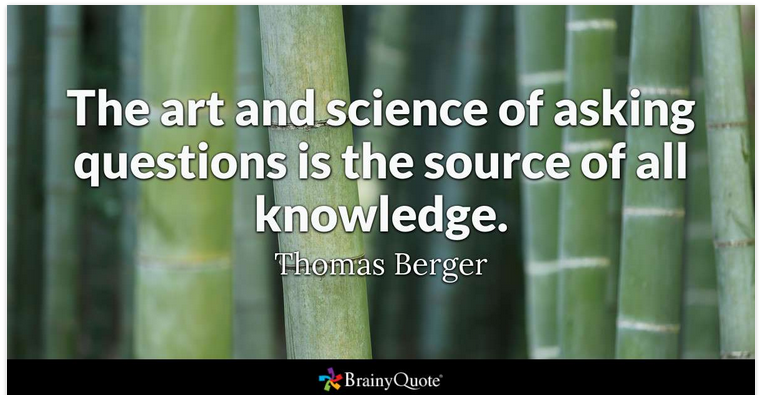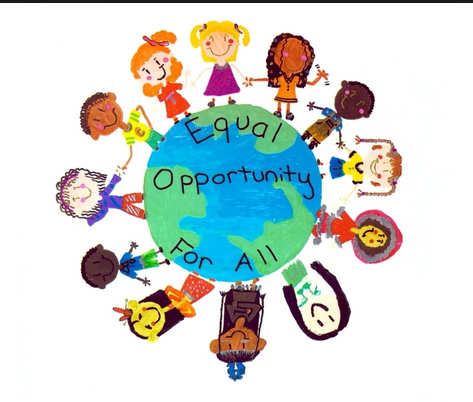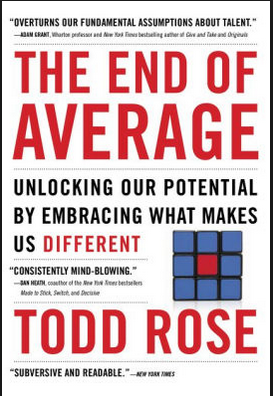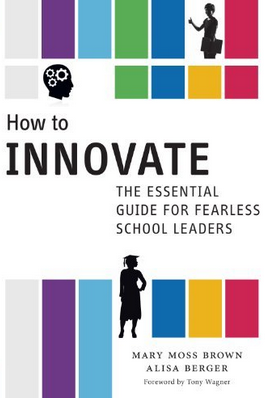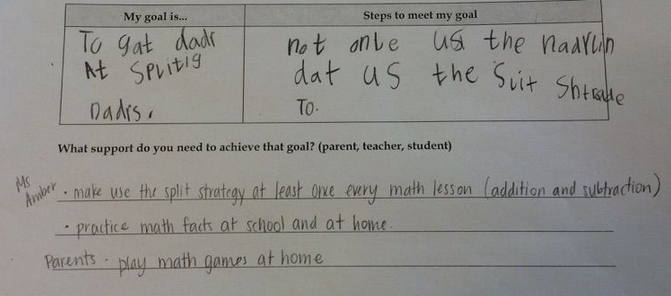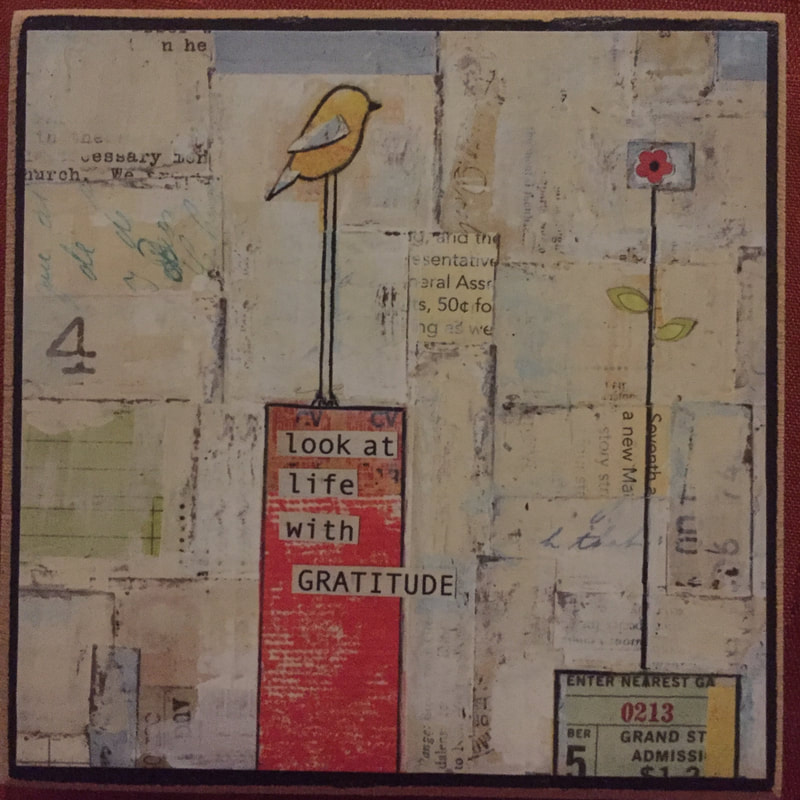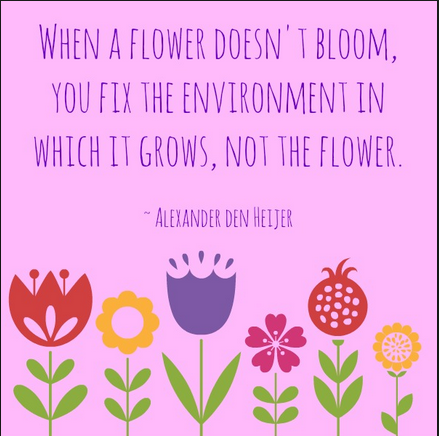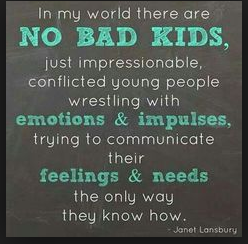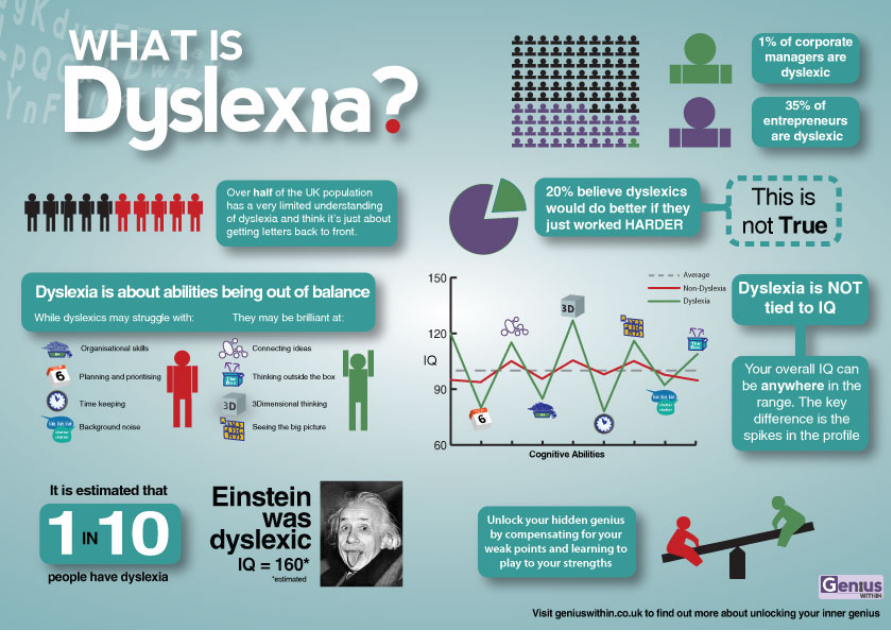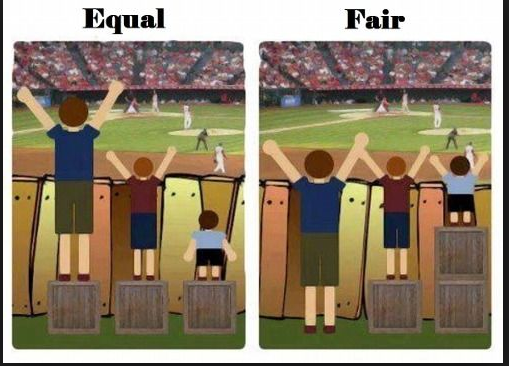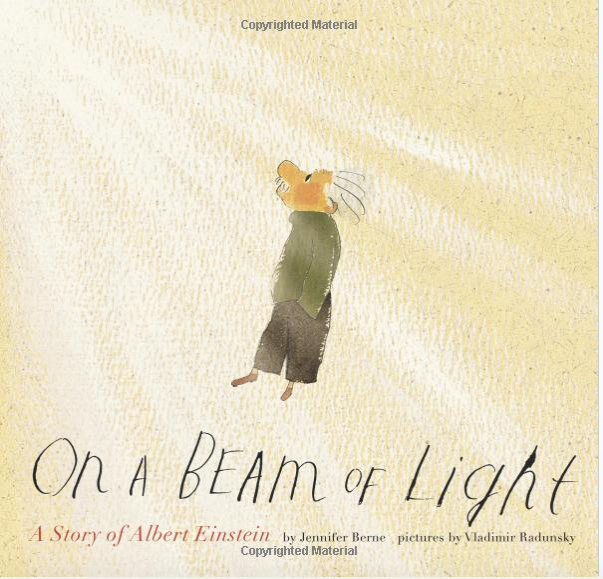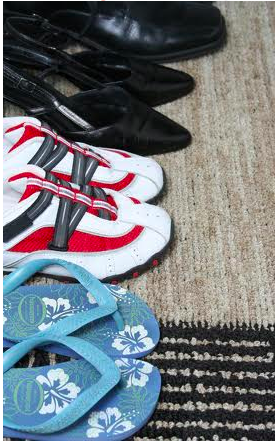Hi all. Thank you for checking back to rejoin our conversation. I have changed locations to allow me greater flexibility in my publishing and to better enable you to participate.
0 Comments
As I have mentioned in previous posts, supporting students in making their own choices and asking their own questions has been a focus of our curriculum work at the ISP. To that end, we recently reorganized a third grade unit on sound and the scientific process to allow students to explore their own questions and curiosities about sound. Students either asked a question about sound, developed a hypothesis, created a plan, and interpreted their results, or they built an instrument and discussed what they learned about pitch, frequency, and volume in the process of making the instrument. Last week, we had a Sound Salon in which students shared their experiments, instruments, and insights. When discussing the experience with a one of my students, I asked him what he had learned from the experience. He said that his hypothesis was wrong. When I probed further and asked what he learned from his hypothesis being wrong his reply was fantastic. He said, "I learned that I am not always right." This would be a profound insight for most students but this is a student who will argue and insist he is right when there is any conflict with peers or teachers. This is DEEP learning for him. What a success. Helping students to ask questions, test hypothesis in a systematic way, and learn to be wrong is such an important life lesson. It is how knowledge is built and how we learn to be resilient and to persist to uncover answers to our questions. One way to provide students with opportunities for this type of learning is to provide space and time for them to be scientists. Below, find an example and links to more from education.com, a guest contributor this month. Do You Need To Plant Seeds a Certain Direction for Them to Germinate? Objective:Find out whether planting seeds in certain directions will affect how fast it germinates... or whether it germinates at all.
Research Questions:What factors affect seed germination? Plants grow through a process called photosynthesis, when the chlorophyll located in the chloroplast of the plant cells grabs sunlight and starts the reactions that are needed to make the plant grow. Water is also needed in the growth equation, because like humans and animals, plants need moisture to quench their thirst. But does the angle of the seed in the soil affect the plant's ability to absorb sun and water? Let's find out. For more fun and engaging science activities, go to Education.com! Materials:
References:
Author: Sofia PC If the environment is a bad fit for the individual . . . our performance will always be artificially impaired. If we get a good fit with our environment . . . we will have the opportunity to show what we are truly capable of. This means that if we want equal opportunity for everyone, if we want a society where each of us has the same chance to live up to our full potential, then we must create professional, educational, and social institutions that are responsive to individuality. (Rose, 2016, p.186) The End of Average In The End of Average, Todd Rose provides a history and overview of the development of what he calls “averagism” in the structure of our economy, educational systems and beliefs, and medical systems and research. He traces the roots of Taylorism embedded in our current paradigms of social science research and institutions and challenges their underlying assumptions with the Jaggedness Principal, the Context Principle, and the Pathways Principle. He then offers some ideas about how refocusing on the individual could be done in practice within our current structures and systems. If averagism and Taylorism are concepts that are new to you, then Part 1 of his book gives a concise, historical overview of the revolution of education and the economy in the 20th century and the underpinning assumptions that emerged even before that time. In Part 2, he explores and explains his challenges to this paradigm. The Jaggedness Principle is the idea that one person cannot be defined by a single IQ score, GPA, class rank, SAT score, etc. It is the idea that a single, one dimensional number tells you nothing about the more complicated profile of strengths and challenges that define a person and is thus useless. Those of us who work in Learning Support and are familiar with these assessments know that better than most, and so there was nothing especially new or novel in this idea. The subtests and cluster scores tell us more about the profile of someone and how to individualize their learning. For those who are less familiar with these concepts, then it provides a clear description and explanation of how a jagged profile and knowledge of that, should inform how education might be individualized for all students – not just those with testing. The Context Principle is the idea that skills and behaviors, personality traits, or whatever terminology you might prefer, cannot be considered in absolute or isolation, but are highly dependent on context. Again, those of us who work with children know this better than most. A student might work really hard and be very dedicated to the science class where he loves the teacher and is motivated by that relationship and barely try in his English class where he feels the teacher does not like him. A kid will spend hours outside of school problem solving difficulties with the code for the robot they are building and not complete their math homework. If you don’t understand the student in front of you – what their passions are, what motivates them, and what inspires them, then you may miss their gifts and only focus on the difficulties that might be situational or contextual. The Pathways Principle is the idea that there is not one single right way to develop, learn, succeed, and progress through life. This is the most damning of current educational systems and practice. The idea that we are in age based classrooms, progressing in groups through predetermined curriculum in a predetermined time is the biggest challenge that education must answer for in the coming years. It makes no sense any more. Again, those of us who work in education know this, but the question is how. The Age of the Individual You can probably tell that I found most of the book to be things that I already know or have already considered or questioned. Those not in education or less critical of our current systems might find it more provocative. Either way, it is highly readable and there are examples from business, medical research, and education that explain and illustrate his ideas. He then suggests that we might use credetialling and competencies to create differing pathways for individuals through our educational system, though does not go into much depth for how this might be done. For an in depth case study for how this might be done, I offer a companion text, How to Innovate: The Essential Guide for Fearless School Leaders by Mary Moss Brown and Alisa Berger. In How to Innovate, Berger and Brown offer an in depth look at the iSchool in New York, including the choices and challenges they faced. They offer practicle tools that school leaders might use to consider their own context and explain how the iSchool has used the credentialing and competencies advocated by Rose to accelerate students through their state Regents exam if they are ready or provide them extra time to study and practice for these exams and take longer if required. Once students have passed the Regents exams that are required to graduate in the state of New York, they are involved in a highly individualized pathway guided by advisors through internships and independent study tailored to their intesterst, skills, and goals. As a leader, this case study and supporting tools are much more practicle in terms of thinking about how to apply the theory presented by Rose. As such, I find them to be good compliments of each other and which is more relevant to you will depend on how far along you are in your thinking on this issue and what role you might play in the school. Both texts challenge the 20th century models for education which served us well in the past but will not meet the rapidly changing needs of the 21st century work force. The End of Average describes the history of our current system and some compelling reasons why we need to change. How to Innovate provides a framework for how we might actually do that in practice. As a leader with a highly practical streak, I find How to Innovate to offer more guidance for putting theory into practice and thus more helpful in my next job where I will be focused on personalizing learning in our school context. I look forward to testing out some of these ideas and would be curious what your experiences have been as you seek to develop a system more responsive to the needs of individual learners. Resources:
Brown, Mary Moss, and Berger, Alisa (2014). How to Innovate: The Essential Guide for Fearless School Leaders. New York: Teachers College Press Rose, Todd (2016). The End of Average: Unlocking our Potential by Embracing What Makes us Different. New York: Harper Collins. I cannot teach anybody anything, I can only make them think. |
AuthorLaura Cox is an Elementary School Learning Support Teacher and the PK-12 Team Leader for Learning Support at the International School of Prague. She is interested in issues of differentiation, collaboration, inclusion, and greater individualization of instruction for all students. Subscribe below to get an email or follow me on twitter to get notices when the website is updated.
Categories
All
|
